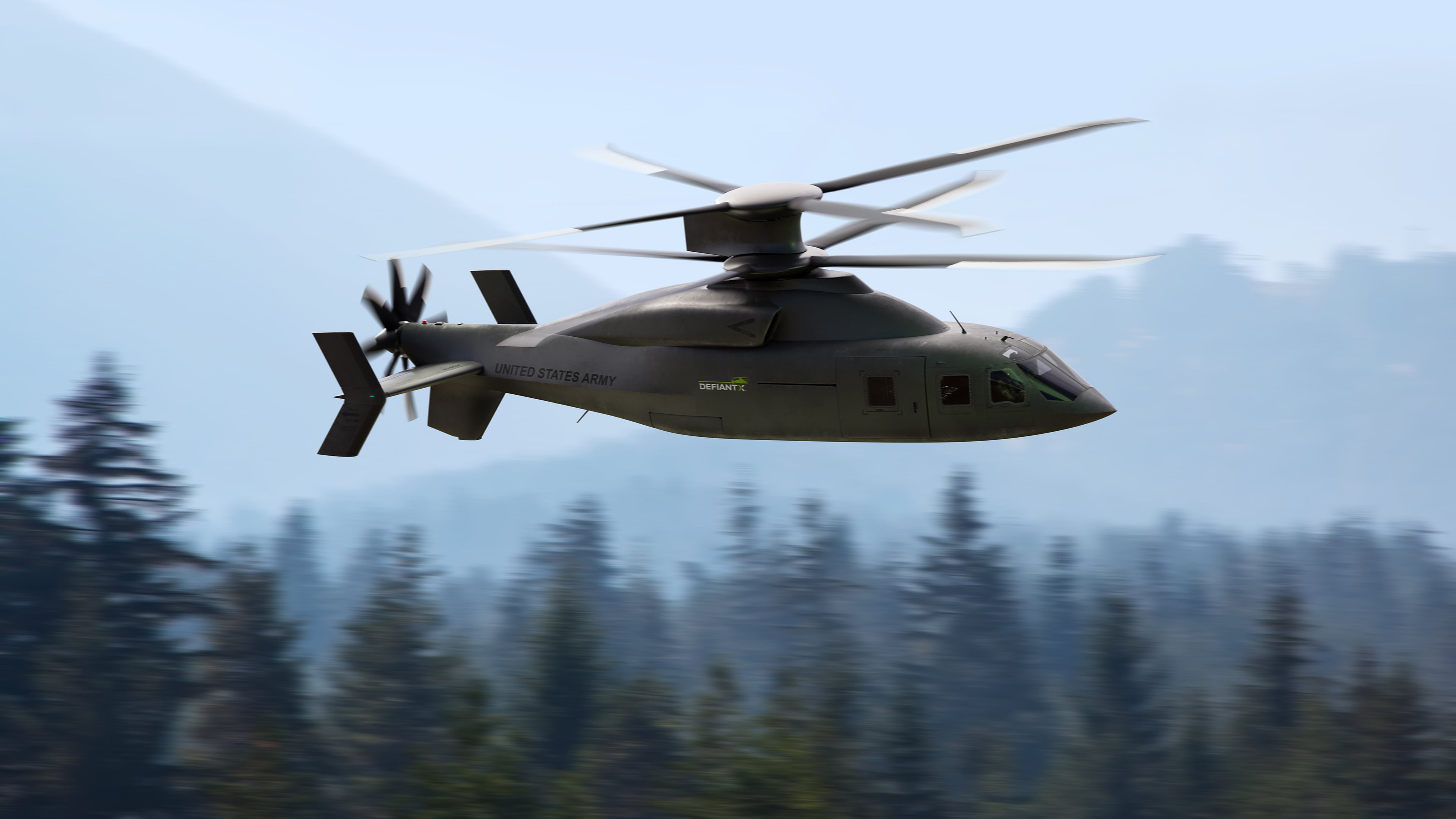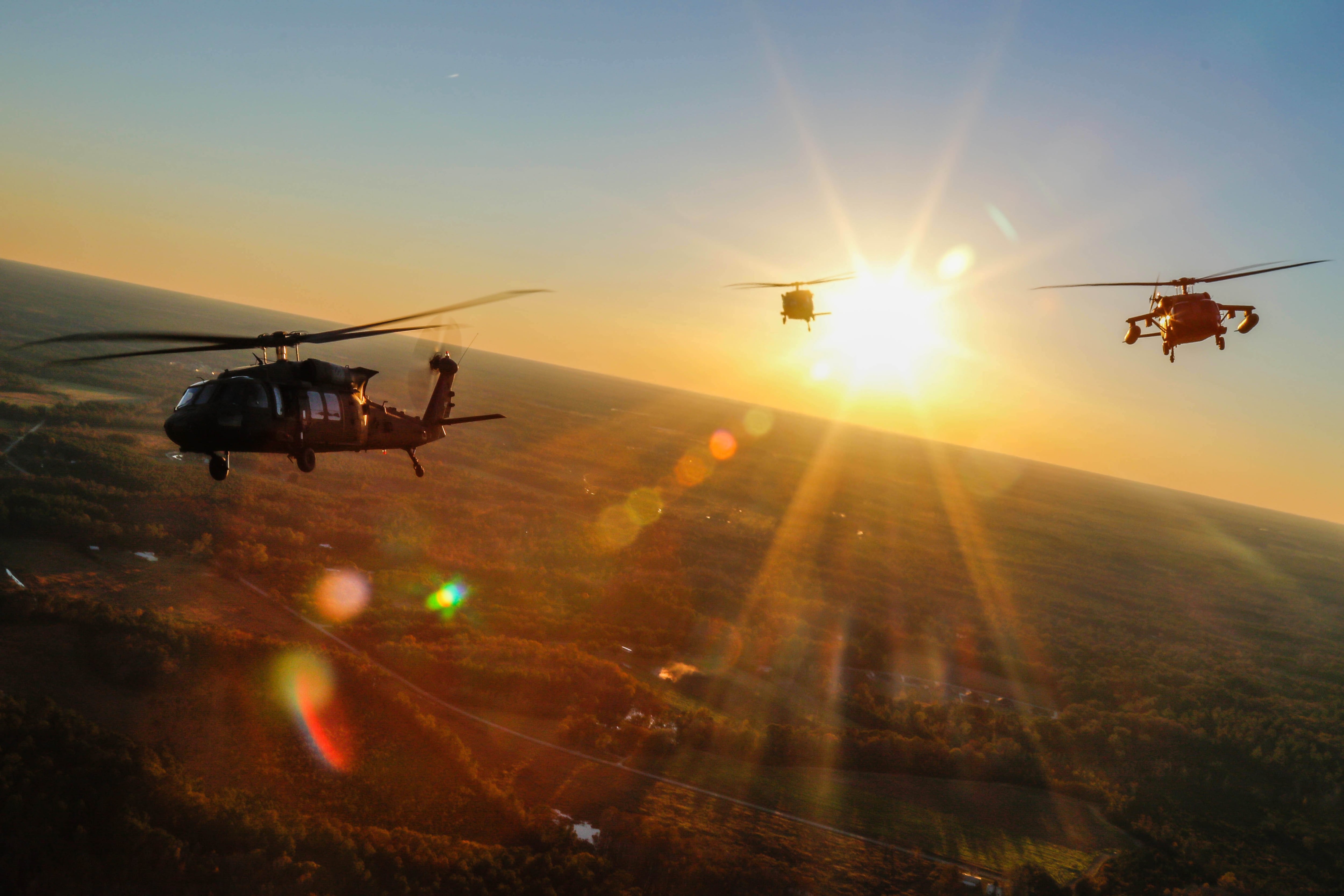The Army Aviation Branch faces a multitude of challenges both in the air and on the ground. High costs associated with flight hours, maintenance of aircraft and aging equipment makes every taxpayer dollar count. Aviation fleets are an expensive asset for the Army that requires an exceptional return-on-investment. The ROI applies to not only physical assets, but the aviators too.
Army aviators, regardless of their go-to war aircraft, should strive to obtain ratings and proficiency on single-engine fixed-wing planes. And the Army should encourage them along the way because it stands to gain something, as well. Understanding these benefits will help commanders and soldiers alike make informed decisions about continuing education available to them and those they lead.
The Federal Aviation Administration’s Private Pilot’s Certificate for Airplane Single Engine Land will undoubtedly make Army aviators safer, more combat effective and better prepared for their duties.
RELATED

The best aviators fly safely within the parameters of their mission, which in turn maximizes aircraft survivability. Less money spent on expensive aircraft parts translates into more training. More training allows for aviators to maintain and enhance their proficiency. This cyclical timeline starts and ends with pilots and should be the aim for developing new strategies to manage aviation assets. Pilots with multiple aircraft ratings in different flight environments and mission sets will inevitably be better than those without such experiences. The Airplane Single Engine Land certificate is an option that can produce such effects with minimal drawbacks to the Army’s interest.
In combat, aviators exposed to single pilot operations will inevitably have better situational awareness and airmanship. The cushion of having another pilot at a crew station can lull pilots into a sense of stability. As we transition into training for large scale combat operations, a senior pilot’s incapacitation could be a potentially fatal threat to a junior aviator on the controls. The ASEL rating allows for solo operations and is the bulk of all flying in general aviation, effectively training those pilots to have superior cockpit workload distribution skills under stressful conditions.

Regarding peacetime operations, AR 95-1 Chapter 5 states that “Army personnel engaged in the operation of Army aircraft/UAS shall comply with applicable… Federal aviation regulations, laws, and rules,” which would include Part 91, General Operating and Flight Rules. This overlap is one of the agreements between the military and FAA that allows our pilots to receive civilian rating equivalence and can be found in Part 61, Certification-Pilots. Knowing and practicing these rules would make safer state-side operations. An Army aviator will know more about the procedures and mistakes often made by general aviation in the airspace, and can better choose their course of action if a safety hazard arises.
The ASEL certificate can be between $4,000 and $10,000 depending on the flight school, location and hours required to become proficient. This one time investment by the Army will pay itself off in several ways. After receiving the ASEL certificate, aviators will fly and train on their own time and with their own funds. This is shown by the outstanding success of the Army Credentialing Opportunities On-Line programs. The amount of active duty soldiers requesting these funds for furthering their aviation training exceeded the amount predicted so much that the program had to temporarily scale back their payment amounts.
By allowing these aviators to hone and refine their airmanship on their own time, the Army can expect a significant decrease in accidents. A single Class A accident can cause upwards of $2,000,000 in damages, and loss of life or limb. Although rates have been on the steady decline for the past 10 years, any accident that could have been prevented is a tragedy. In real dollars, a single Class A accident being avoided will have conservatively paid for 200 aviators to receive this training and certification. The amount of Class B through F accidents that can be avoided is almost immeasurable.
Our aviators are technical experts who take into consideration risk management, safety and mission completion every day they fly. Let us train them well enough to be proficient in any aviation endeavor, and treat them well enough that they may stay in our organization.
2nd Lt. Said Eljadidi is a native of Oxford, Massachusetts, and a recent graduate of the Initial Entry Fixed-Wing C-12 course. He will be stationed at Hunter Army Airfield, in Georgia, following the MC-12 course at Fort Huachuca, Arizona.
The views expressed in this article are those of the author and do not necessarily reflect the official policy or position of the Department of the Army, the Pentagon or U.S. government.
Have an opinion?
This article is an Op-Ed and as such, the opinions expressed are those of the authors. If you would like to respond, or have an editorial of your own you would like to submit, please email Military Times Managing Editor Howard Altman.
Want more perspectives like this sent straight to you? Subscribe to get our Commentary & Opinion newsletter once a week.





